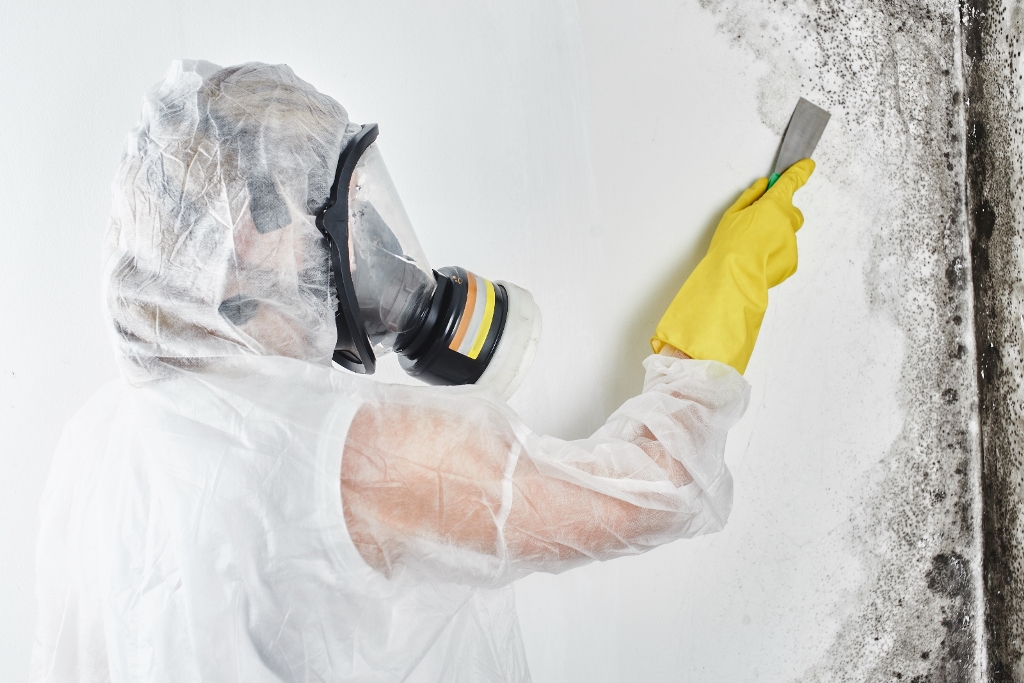Safe and thorough mold abatement is essential for maintaining a healthy and habitable residential environment. Mold, a type of fungus that thrives in damp and humid conditions, can pose serious health risks and compromise the structural integrity of a home if left unaddressed. Mold abatement involves a systematic process to identify, contain, remove, and prevent the recurrence of mold growth. The safety of occupants and the preservation of the property are paramount considerations throughout the abatement process. The first step in mold abatement is a comprehensive inspection to identify the extent of mold contamination. Trained professionals conduct a thorough assessment, utilizing advanced techniques such as moisture meters and infrared cameras to detect hidden mold behind walls or ceilings. This step is crucial in developing an effective abatement plan tailored to the specific needs of the property. Once the extent of mold contamination is determined, containment measures are implemented to prevent the spread of mold spores to unaffected areas. This often involves sealing off contaminated areas with plastic sheeting and using negative air pressure machines to ensure that airborne mold spores do not escape into the rest of the home.

Protective equipment such as respirators, gloves, and coveralls are worn by workers to minimize exposure during the abatement process. The actual removal of mold involves the careful and systematic elimination of contaminated materials. This may include drywall, insulation, carpeting, or other porous materials that cannot be adequately cleaned. On-porous surfaces are thoroughly cleaned and disinfected using specialized cleaning agents designed to eradicate mold. High-efficiency particulate air hepa vacuums are employed to capture mold spores and prevent their dispersion. Following the removal of mold, it is crucial to address the underlying cause of moisture that led to mold growth. This may involve repairing leaks, improving ventilation, or addressing drainage issues around the property. Without addressing the source of moisture, mold is likely to return, making prevention a key component of any abatement strategy. Post-abatement, air quality testing is conducted to ensure that mold spore levels are within acceptable limits.
This step provides assurance that the abatement process has been successful in eliminating the mold threat. Homeowners are provided with detailed reports and documentation to verify the effectiveness of the mold abatement. Throughout the entire process, communication with homeowners is vital. Clear and transparent communication helps alleviate concerns, provides information about the abatement process, and establishes realistic expectations. Additionally, educating homeowners on mold prevention practices empowers them to take proactive measures in maintaining a mold-free environment. Safe and thorough mold abatement for residential properties is a multifaceted process that demands professional expertise, meticulous planning, adherence to safety protocols and click site https://www.allproconstructioninc.com/tacoma/mold-remediation/ to read more. By conducting a comprehensive inspection, implementing effective containment measures, removing contaminated materials, addressing the root cause of moisture, and verifying the success of the abatement through testing, homeowners can ensure a healthy and mold-free living environment. Effective communication throughout the process ensures that homeowners are well-informed and confident in the steps taken to safeguard their homes from the detrimental effects of mold.